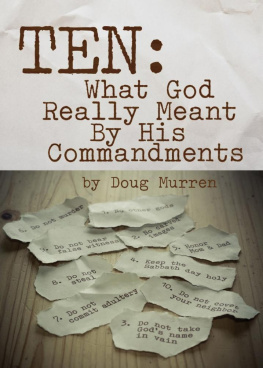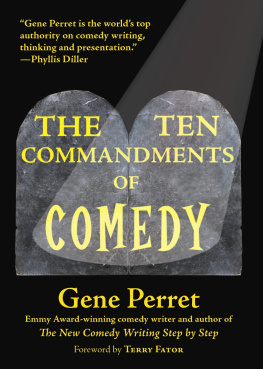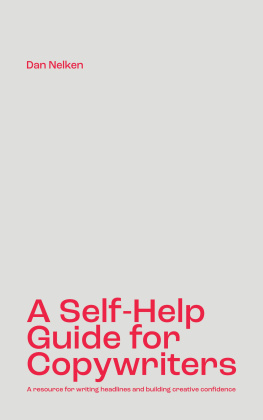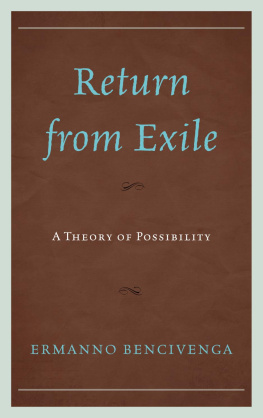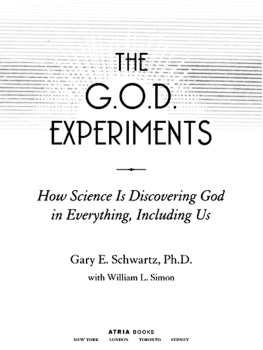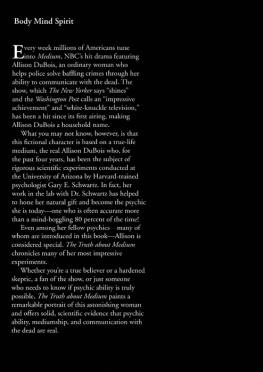The Ten Commandments of A-List Copywriters
Control-Beating Breakthroughs From Gary Bencivenga, Gene Schwartz, Jim Rutz & More
by John Bejakovic
Introduction
In Hollywood, there's the concept of a bankable star. These are actors who are "money in the bank" who can carry a movie and make sure it pulls in $2 or $3 or $10 for every $1 of production cost. Bankable stars are also known as "A-listers."
Direct response copywriting has its own A-listers. Like in Hollywood, these are stars who are money in the bank who are as close to a sure-shot moneymaker as a business owner can hope. Using just words, A-list copywriters can take a promising but unsuccessful product and make it sell by opening up entire new markets... and they can take a successful product and turn it into a multi-million-dollar blockbuster.
The big difference between a Hollywood A-lister and a copywriting A-lister is that the copywriting bunch tends to live longer. Hollywood stars rarely stay at the very top for more than ten years, and sometimes they fizzle out much sooner.
On the other hand, it's not uncommon for a copywriter to stay at the top for 20 or 30 years or more. During that time, their sales letters can literally create hundreds of millions of dollars worth of sales and you can bet that a fair chunk of that money makes its way back to the copywriters themselves.
The result is that these A-list copywriters make the most money... are in highest demand and never have to go scrounging for clients... and get first dibs on all the most promising and lucrative new projects. It's a virtuous cycle and it's something that every copywriter from complete newbies to seasoned pros can learn from.
Each mega-successful copywriter does things a bit differently, and has a slightly unique view of the marketing world. Fortunately, many of these A-list copywriters have left clues to their success. The following pages collect 10 such clues, or as I've called them, "commandments."
What follows is not an A-Z guide to copywriting. Rather, it's a collection of wisdom that's been handed down from people who are at the very top of the copywriting mountain.
Some of these commandments are specific copywriting techniques at the level of words, sentences, and paragraphs. Others are guiding principles that will tell you how to mold your sales letter as a whole. Still others are career and life commandments that can help you become a success and maybe even break into the ranks of A-listers yourself.
So let's get going. The first commandment comes from a copywriter who sat at the very top of the A-list for many years. He certainly saw the world of direct response copywriting differently from everybody else. The result was an unmatched string of winning promotions. And at the heart of it was this first commandment. Read on to find out what it is.
Commandment I: Thou shalt put proof above all other copy elements
Steve Martin has a standup comedy bit about clueless guys in bars. "The way I meet girls," Steve starts, "is by looking cool. The important thing is to have a great opening line."
So he takes a sip of water, grits his teeth to take the sting out, and walks over to an imaginary girl. After a cocky pause and a twitch of his brow, he unleashes the killer line:
"Yeah... I make a lot of money."
This is how it is in marketing, too. Many advertisers think they're being suave and persuasive. In reality, their ads are full of hyperbole and empty claims.
When prospects see these ads, they do what most girls would do with Steve Martin above. A roll of the eyes. Instant dismissal.
But don't take my word for it. This is the opinion of one Gary Bencivenga, an A-lister whose star shines brightest on the Copywriters Walk of Fame.
In part, Gary's renown comes from his record. His sales letters mailed out tens of millions of times. They made him and his clients millions of dollars.
While he was still active, Gary was better at this than anyone. An executive at Rodale Press, a big direct response publisher, said that Gary never lost a split-run test when going up against other top copywriters. An executive at Phillips publishing, another major direct response company, said that Gary had more winners than anybody else.
But Garys fame doesnt stop there. Another part of is the awe and adulation he gets from other big-name copywriters and marketers. Gene Schwartz, a legendary copywriter we will hear from later in this book, said there are only four or five true masters of copywriting and Gary is one of them. Brian Kurtz, a VP at direct response publisher Boardroom, called Gary Americas best copywriter.
But let's talk turkey. According to Gary, the two most powerful words in advertising are neither "FREE" nor "NEW." Instead, the two most powerful words are, "Yeah, sure."
Gary had a unique solution to the problem of skeptical readers. His number one commandment was to put proof above all other elements in his ads. Rather than agitating a problem more and more, rather than making ever larger promises, Gary's approach was to focus on proof first and foremost.
Let me give you a few examples of how this looks in practice.
Gary once wrote an ad for an agency he worked for. The headline read, "Announcing a direct response advertising agency that will guarantee to outpull your best ad."
The body copy immediately jumped into the offer. Try us out, the ad basically said. If we don't beat your previous best results by at least 10%, you don't pay anything, including media costs.
The copy then gave eight case studies of previous clients. Seven of the clients got tremendous results by working with Gary's agency. One did not and they didn't pay anything.
But that's not the only proof in this ad. Gary also illustrated the exact mechanism by which his agency could make such a strong offer. For example, the agency recruited the best marketers and copywriters. These smart and creative folks loved their jobs and happily worked long hours. But just to make sure, they were rewarded on performance.
To top it all off, the agency was choosy which clients it worked with. They wouldn't accept a client unless there was a good shot of beating the control. And crucially, the client could never tamper with the new copy.
All of these are proof elements. So what was the outcome of all this proof?
After this ad ran in the Wall Street Journal, Gary's agency was swamped with leads. Most of them were so pre-sold that they didn't even think to ask for the results-guaranteed offer. All they wanted was to hire the agency outright. That's the power of creative and strong proof.
Here's a second example. Agora is one of the world's biggest direct response businesses. Agora's many newsletters have world-class copywriters who use all the tricks in the copywriting cookbook to sell their products. But that's just the icing on the cake.
The real substance the layer that makes the cake edible are the gurus who act as editors of each imprint. These gurus are people like James Altucher, Robert Kiyosaki, and Rich Schefren. They all have a devoted following and a strong aura of authority in their niches. Agora then partners with these gurus, and taps into their authority as a key proof element when launching each offer.
This raises an important point:
Marketing is not just about copy. Sure, if you are a copywriter, you might be forced to squeeze a bit of proof juice out of a dry and withered lemon. A couple testimonials here and there... a weak mechanism that doesn't really distinguish your offer from the competition... an unimpressive scientific study.
That's life. But it doesn't have to be. If you are in the position of marketer or product owner (or if you have the ear of such a person), you can create a better offer. And if you do, take Gary Bencivenga's advice. Start with proof.
Next page

